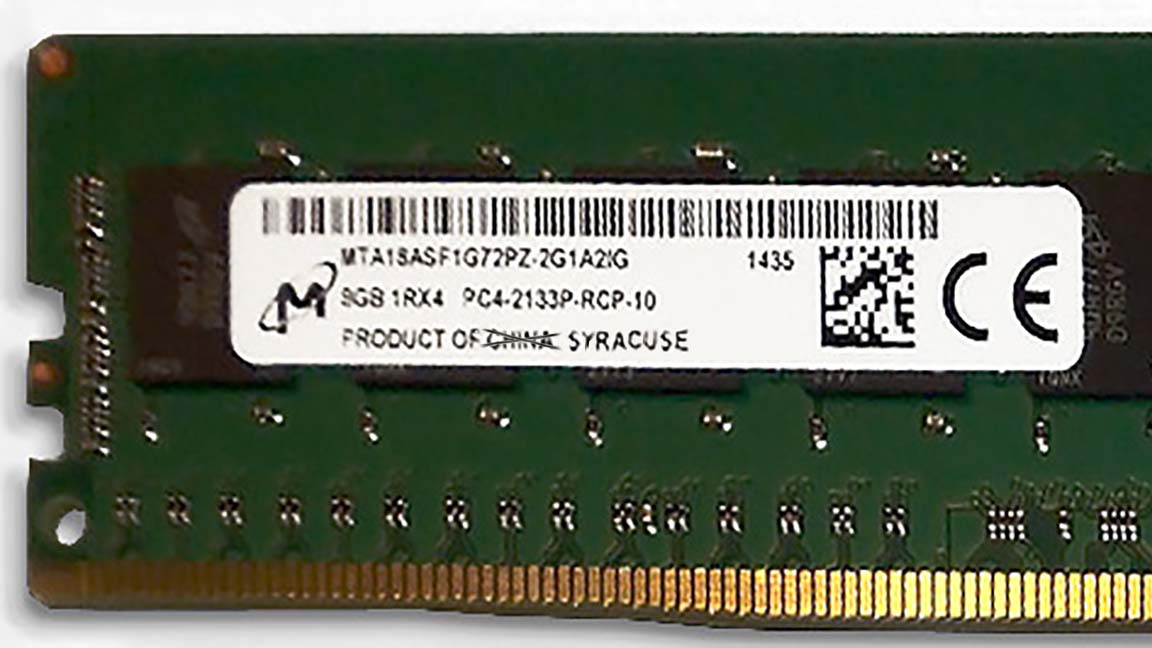October 27, 2022
Syracuse, New York
ON OUR WAY to work, Adam and I talked about the existential crisis we’re having about the fab plant soon to be built by Micron Technology, a huge computer chip maker. The changes will benefit us, no question. Our property value will increase.
My 13th autumn in Syracuse and we’re still waiting for the killing frost. The Farmer’s Almanac says it should have come two weeks ago. The independent student newspaper, the Daily Orange, ran a story about Syracuse becoming a climate refugee city. We have lots of land and plenty of water; we could stand to get warmer in a way that would mean less shoveling, as opposed to catastrophe.
These are some of the reasons that Central New York appealed to Micron, which recently announced its plan to build four huge chip fabrication plants in the nearby town of Clay. We beat out a site near Austin for this privilege, a $100 billion investment in the region, according to Micron. Thousands of jobs. Financial support for training via public and private educational institutions (including my own, Syracuse University). It is the kind of thing that could change a place. Joe Biden talked it up at Onondaga Community College just this afternoon.
But the people here who most desperately need economic uplift do not (yet) have the education and skills needed to work in a highly technical environment. They don’t even have reliable transportation to get to the job site. For the South Side of Syracuse, where most of the city’s poverty is concentrated, change is likely to come in the form of gentrification and displacement. The Syracuse subreddit already has ominous queries from out-of-towners wondering about “investment properties.”
We stopped at a bar after work and talked to neighbors about the gray market weed store that opened near our house a couple weeks ago. No one thinks it will last. A neighbor (who’s also a state legislator) told me she was at the Biden event all day. “I’m not so sure about all this,” I told her. She shook her head.
My former home, New York City, thrummed with change. Central New York is still and quiet. When we finally got a Trader Joe’s in 2014, someone wrote a letter to the newspaper wondering why we would need such a thing when we already had Wegman’s. It is a cheap and easy place to live, accessible in the way that few places still are in America. You can buy a house for well under $200,000, on income less than $100,000 a year. Syracuse, for decades designated a refugee resettlement city, is much more diverse than one might expect. You can make a living from a job that does not consume you. It’s the sort of place where it’s affordable to try to start things—a nonprofit, a microbrewery, a knitting store, a coffee shop, a restaurant with food from your home country. We just got an independent bookstore this year. Everyone raves about the food hall—an incubator space for underserved entrepreneurs—that opened during the pandemic.
RQ1: What are the effects of a $100 billion microchip fabricator plant on a community with nearly nothing? We’re living a longitudinal study.
Pockets of my beloved city have been desperately poor for decades. The public schools serve some children who are too hungry to learn, and others who bear the adult responsibility of translating America for their refugee parents. The highway that segregated Syracuse went up in the 1950s, and the bulk of manufacturing was gone by the 1970s. And then nothing happened for a long, long time.
Until now.
Thank you for reading POPULA! Add your email here to receive our newsletter!






